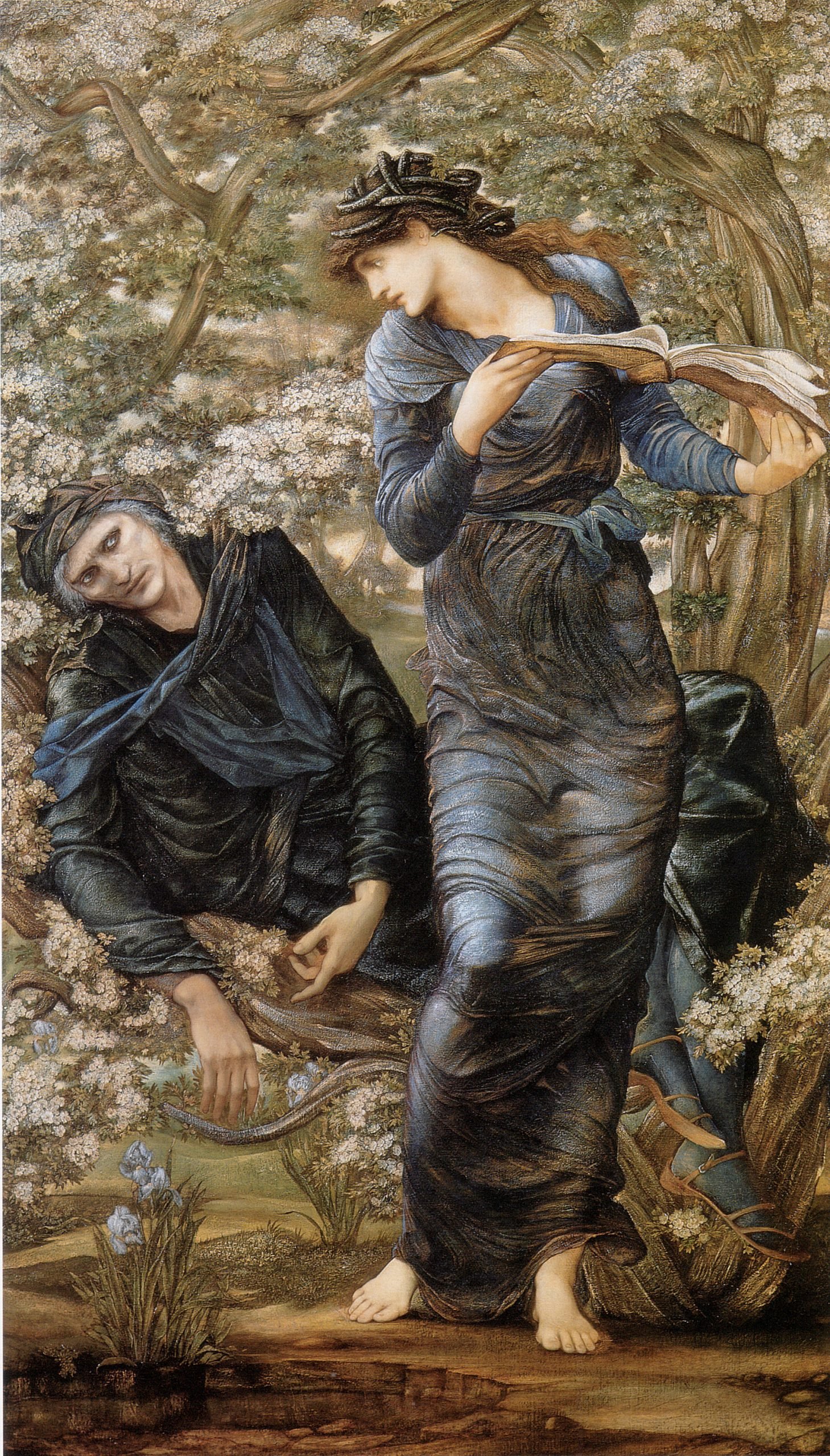
Caput Mortuum—meaning “dead head”—also known as “mummy brown” was a rich brown pigment with an unpleasant source. From the 16th century onwards, the pigment was made from grinding up the dried flesh of ancient mummies. Yes, you read that right—there was a booming industry in Victorian Britain and Europe for paint made from mummified bodies.
Mummies had been an ingredient in European medicines since the 12th century, used to treat various ailments including as a pain killer and blood thinner. Their use for paint pigments began in the 16th century, when mummified bodies from Egypt and the Canary Islands would be ground up with white pitch and myrrh to create a bituminous paint. At times, the pigment was so popular that the demand for paint was higher than the number of remaining ancient mummies, which led to more recently deceased bodies being used.
“This business of making paint out of mummies is of long standing, but it is now threatened with destruction. For the supply of mummies is daily growing scarcer, while the demand for them increases,” an article published in Minnesota’s St Paul Globe on January 24, 1904, reported. “If, then, for the benefit of the museums and people of the future, any mummies at all are to be preserved, the commerce in them must end at once.”
The pigment was likely used in many Pre-Raphaelite Brotherhood masterpieces, potentially including Edward Burne-Jones’ The Beguiling of Merlin (1872–77) and the large murals which cover the the Oxford Union Library made by Burne-Jones and Dante Gabriel Rossetti between 1857 and 1859.
Egyptian archaeologists discover the biggest and most complete embalming workshop for humans and animals along with two tombs and a collection of artifacts. Photo by Abeer Ahmed/NurPhoto via Getty Images.
However, Burne-Jones was apparently clueless to the fact that the paint’s name was literal. It’s said that he learned of the pigment’s origin from the artist Lawrence Alma-Tadema during a dinner party. Burne-Jones’ wife said that the artist had rejected the idea of “the pigment having anything to do with a mummy — said the name must be only borrowed to describe a particular shade of brown — but when assured that it was actually compounded of real mummy, he left us at once, hastened to the studio, and returning with the only tube he had, insisted on our giving it a decent burial there and then.”
Burne-Jones’ nephew, the author Rudyard Kipling, was present for the tube’s funeral, writing “so we all went out and helped — according to the rites of Mizraim and Memphis, I hope — and to this day I could drive a spade within a foot of where that tube lies.”
Mummy brown’s popularity was waning by the end of the 19th century, but the paint was still on sale until the mid-20th century. The manufacturer Roberson & Co. made their last mummy brown tube in 1964, with the managing director explaining that they “might have a few odd limbs lying around somewhere, but not enough to make any more paint. We sold our last mummy some years ago for, I think, £3. Perhaps we shouldn’t have. We certainly can’t get any more.”